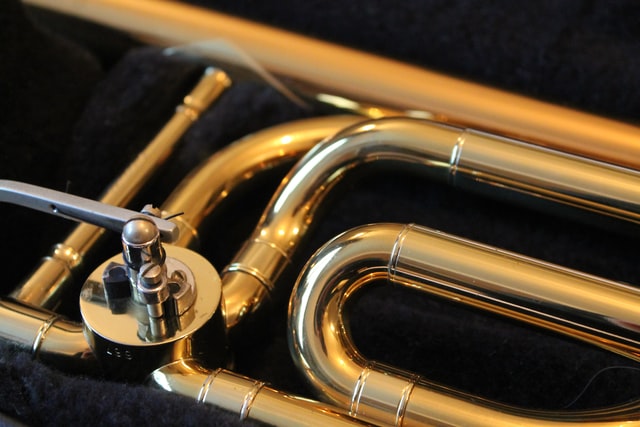Brass is used in many electronic parts. The material is incredibly conductive, and it’s more durable than other metals, which is also referred to as a “low fatigue rate.” Brass is also used for many items that you find in your home, from knick-knacks such as candle holders to functional pieces such as doorbells. CNC brass cutting is responsible for being used to create several automobile components and is also featured heavily in medical components.
What Exactly is Brass?
Brass is a composite alloy—this means that it is comprised of two metals, copper and zinc. Brass actually refers to a range of copper-zinc alloys. The difference depends on the amount of zinc in the formula, as well as other metal elements, like aluminum or iron. One common brass grade is Copper C260 (Cartridge Brass), which has roughly 30% zinc: it’s known for its use in ammunition cartridges. Another is Copper 360 (Free-Cutting Brass). This formulation has a higher amount of lead than many other versions of the alloy.
What Are Some Benefits To CNC Machining With Brass?
Brass CNC Machining has numerous advantages over other materials that might be used for manufacturing. First, as noted above, brass is incredibly machinable. What does that mean? It means that machine shops can process and cut brass quickly and easily. The end result is an increase in output, and then subsequently, an increase in profit.
Another benefit that is linked to brass’ machinability is that the tools for the CNC machines will not wear down as quickly. Tool longevity decreases the amount of time that machines have to be down for repairs or replacements. It also decreases the cost of that replacement.
A lesser-known benefit of brass is that it is 100% recyclable. Scraps can often be gathered at a machining shop and sold back via buyback programs. In turn, the money can be used to purchase more brass. The scraps are processed into new pieces of brass, making the alloy a very sustainable choice.
Brass is heat-resistant, and therefore ideal for items that need to sustain high temperatures while maintaining integrity of performance.
Are There Any Disadvantages to Brass?
There aren’t many disadvantages to using brass at the CNC machining level, but it is not suited to every application. Brass has a distinctive yellow-gold color, however, it is known to oxidize and tarnish.
What Are Some Post-Processing Options?
Often, brass is left uncoated, similar to stainless steel. However, if the part will be exposed to the elements, it may be coated with a clear coating to slow the oxidation process.
Whatever your CNC machining needs may be, brass could be an ideal material due to its versatility, strength, and durability.

